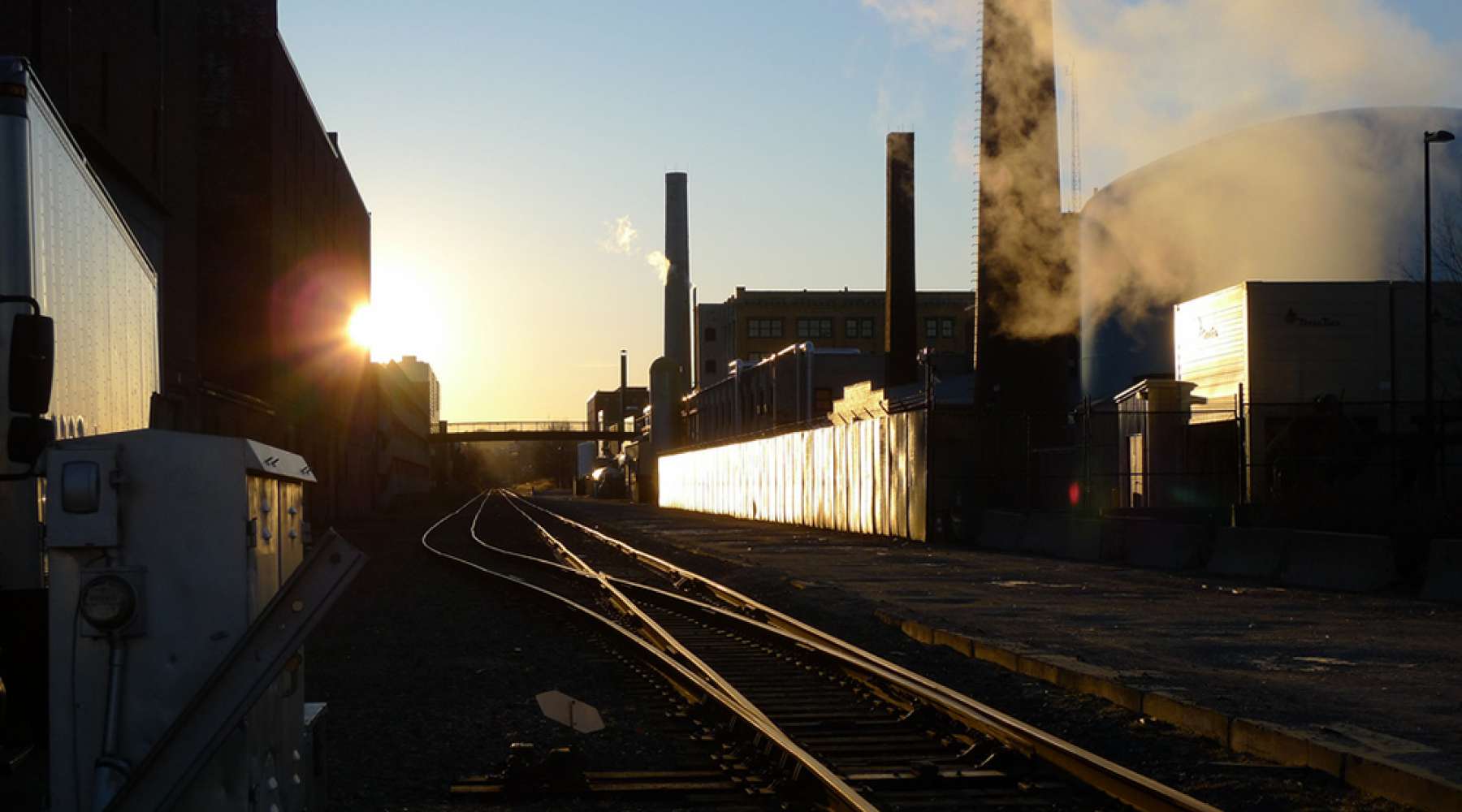
As part of the Revers Center for Energy at Tuck, we were invited to tour the MIT Nuclear Reactor Laboratory (NRL) to get a better understanding of how electricity is generated using nuclear fuel. To prepare the group for the tour, we were given the Nuke 101 session organized by our fellow classmates. A combination of the two helped many of us to get a clear picture of such a complex technology.
What a surprise it was to find out that there is an active nuclear reactor at MIT that is open for visits and that is used for educational, research, and experimentation purposes to make safer and more advanced nuclear reactors. When our team arrived at MIT NRL, we were greeted by Taylor, an Outreach Coordinator, who checked us in and gave each of us dosimeters that measure the amount of radiation you get exposed to during the tour. Luckily, during the Nuke 101 session we learned that, due to the robust preventive measures and shielding concrete walls, you are exposed to far less radiation working in nuclear reactor lab on a daily basis, than say flying from the East to West Coast.
Once we were checked in, we proceeded to a class room where we were given a lecture by one of the lab operators and got a chance to ask questions like: What type of experiments do they do? What is fission? What is the difference between contamination and radiation? As a business student currently taking courses in operations, I was curious to learn where the fuel for the reactor comes from. During the tour I learned that the Department of Energy provides it to the laboratory. What is even more interesting is that the website of the laboratory lists that the fuel comes from the “megatons to megawatts” agreement between the U.S. and Russia to deplete Russia’s nuclear weapons stockpile, which I believe is a fascinating and important historical fact.
Our tour guide of the facility was Sarah, a student at MIT, who started working part time as a student operator and, after passing her test with NRC, was promoted to the senior operator. I was very impressed by the fact that students are given such a tremendous opportunity to get hands-on experience of operating an active nuclear reactor. Another interesting fact that we learned was that the Nuclear Reactor Laboratory at MIT was one of the first research labs in the country and it has been in operation since 1958. Most of its features haven’t been changed since then. For example, the air-lock is the same one the lab had when it was opened. Going through it truly took us back in time. While we were touring the lab, we also got to experience the sound of the emergency alarm that was tested and demonstrated to the new incoming students. Needless to say, it gave me goosebumps.
This experiential trek to the reactor lab provided me with a unique opportunity to observe the operation of a nuclear reactor. I learned that, though it is a small facility, it can generate up to 6 MW of electricity, enough to power 4,500 homes in the U.S. It was interesting to learn, that besides various experiments and studies, the nuclear reactor is also used to radiate silicon that is used as a semiconductor in airplanes and the power grid, as well as gold beads, used for cancer treatment.
I am incredibly grateful to be part of the Revers Center for Energy at Tuck, which provides all students with such great opportunities to learn outside the classroom.
Photo of MIT nuclear reactor by @spanginator on flickr